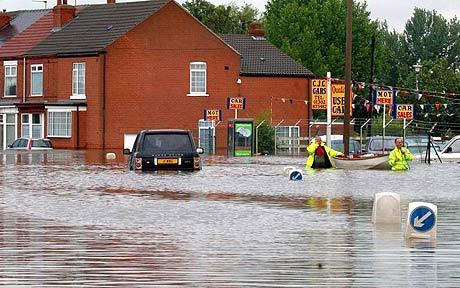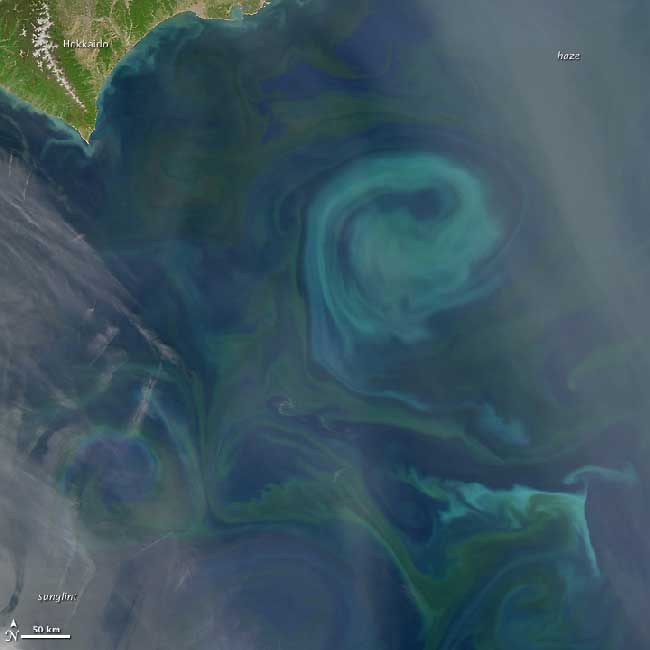
The most detailed set of climate change projections ever produced will show the risks of sea level rise, droughts and floods in Britain over the next 80 years to within 16 miles of your front door.
The set of predictions from the Met Office will forecast temperature, rainfall, sea level rise and even sunshine up until 2099.
It is the most comprehensive climate change forecast to be produced anywhere in the world, showing details of how each area will be affected down to a 25km (16 mile) square grid.
Comment: The most comprehensive forecast anywhere in the world
Except the MET Office cannot get current forecasts that are actually only months into the future correct.
More hot air from UK Meteorology Office
Mittens in Britain but the heat is coming
UK Met Office Summer Forecast: Drowning Again?
Rainfall In Britain Worst In 200 Years
At some point the question must be asked:
Is all this hype and lying about global warming on purpose?
And Why?
Local authorities, the Environment Agency, primary health care trusts, insurance companies and property developers are all eagerly awaiting the content to be revealed to the House of Commons by Hilary Benn, the Environment Secretary, this week.
It is expected the results will not only affect larger building projects and flood defences but property prices and insurance claims for people living near the coast or on flood plains. It will also inform health authorities planning for heat waves or new infectious diseases and farmers deciding which crops to plant in the future.









Comment: How will the governments and mass media control the insurrection when the lie of global warming is revealed by reality?
What psychological weapon will they unleash next? Pandemic? War?